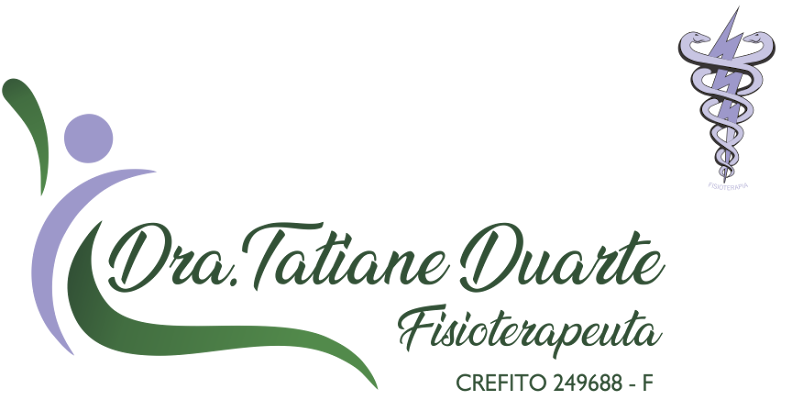Um
músculo esquelético típico possui uma porção média e extremidades. A porção
medial é carnosa, e vermelha no vivente (vulgarmente chamada “carne”) e recebe
o nome de ventre muscular. Nele predominam as fibras musculares, sendo,
portanto a parte ativa do músculo, isto é, a parte contrátil. Quando as
extremidades são cilindróides ou então tem forma de fita, chamam-se tendões;
quando são laminares, recebem a denominação de aponeuroses. Os tendões e as
aponeuroses são constituídos de tecido conjuntivo fibroso. (DANGELO J.G,
FATTINI C 2002).
A typical skeletal muscle has a medial portion and extremities.The medial portion is fleshy and red in living (commonly called "flesh") and is called the muscle belly. It is dominated by muscle fibers and therefore the active muscle, ie, the contractile part.When the ends are cilindróides or has a ribbon, called tendonswhen they are laminar, they are called aponeuroses. The tendonsand aponeuroses consist of fibrous connective tissue. (DANGELJ.G, FATTINI C 2002).
A typical skeletal muscle has a medial portion and extremities.The medial portion is fleshy and red in living (commonly called "flesh") and is called the muscle belly. It is dominated by muscle fibers and therefore the active muscle, ie, the contractile part.When the ends are cilindróides or has a ribbon, called tendonswhen they are laminar, they are called aponeuroses. The tendonsand aponeuroses consist of fibrous connective tissue. (DANGELJ.G, FATTINI C 2002).




Nenhum comentário:
Postar um comentário